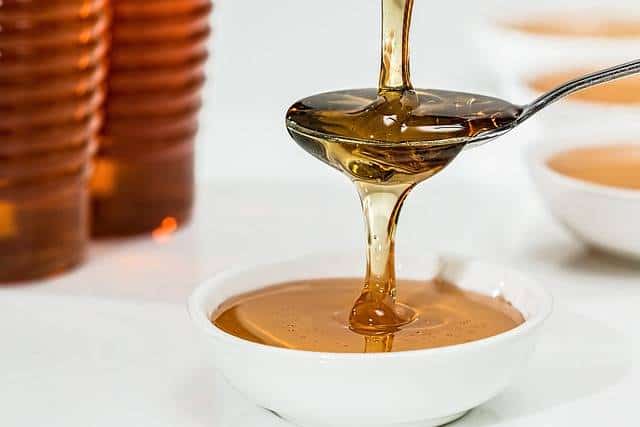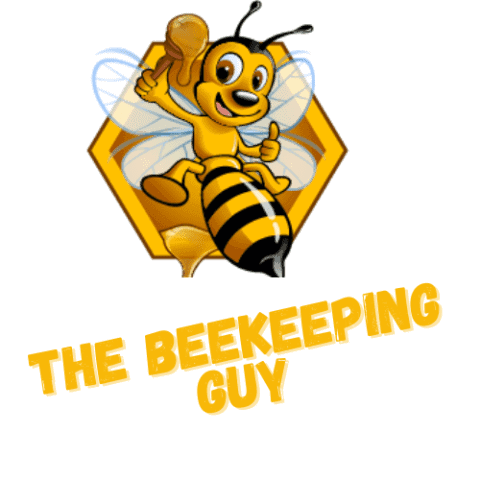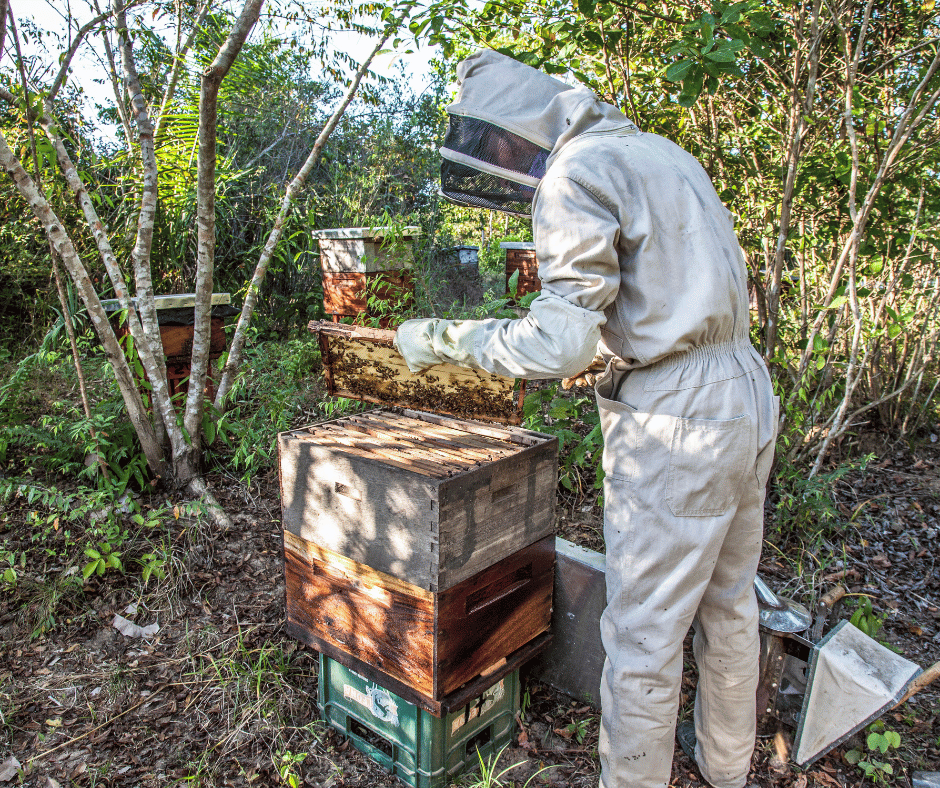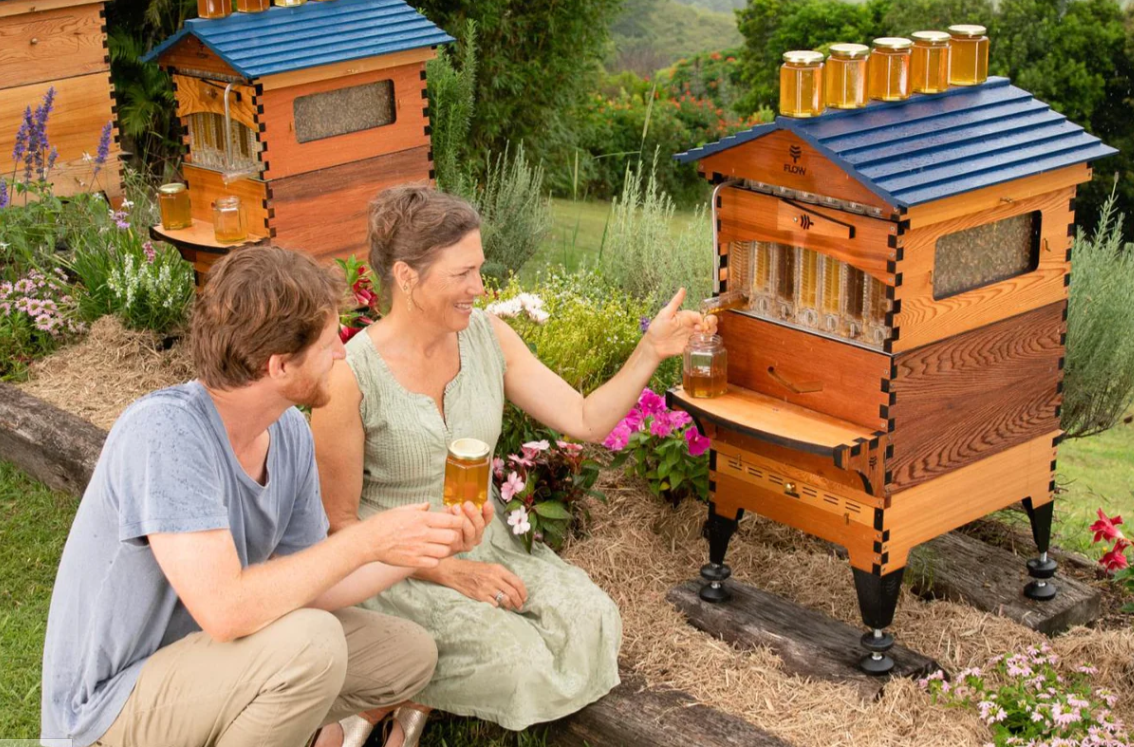
Welcome to the sweet world of beekeeping! Have you ever wondered just how many jars of honey does a hive produce? Or what it takes for bees to make their delicious golden nectar? We’ll uncover all the secrets and answer your questions in this blog article.
From discovering how many jars of honey a hive produces to unlocking the amazing power of bees, we’ll explore everything there is to know about bee productivity and harvesting delicious honey. So get ready for an insightful journey into the buzzing world of beekeeping!
Have you ever wondered how much honey a single beehive can produce? Well, the answer might surprise you!
It’s no secret that bees are hardworking creatures. They spend their days buzzing around collecting nectar and pollen from flowers to make delicious honey. But just how much of this sweet treat does one hive actually create?
The amount of honey produced by a single hive depends on several factors including the size of the colony, weather conditions, and available food sources.
In addition to making delicious treats for us humans, bees also help pollinate plants which is essential for our environment and food supply chain. So not only do they give us yummy snacks but they also provide invaluable services that keep our planet healthy!
If you want to get your hands on some freshly harvested local honey then consider visiting your nearest beekeeper or farmers market where it’s likely available in abundance – just don’t forget your jar!
Table of Contents
Discover the Sweet Magic of Honey Production!

Are you curious to know the sweet magic of honey production? Well, there’s no better way to find out than by discovering how many jars of honey a hive can produce!
Honeybees are amazing creatures that work hard all year round. They collect nectar from flowers and convert it into delicious, golden honey. On average, one hive can produce up to 60-80 pounds of raw honey each year – enough for about 12-16 jars!
It takes a lot of effort for bees to make this sweet treat. The process begins when worker bees fly out in search of nectar and pollen from flowering plants. Once they have collected enough nectar and pollen, they return back to the hive where other worker bees take over the job by fanning their wings over the cells containing these ingredients until it is ready for consumption or storage as food reserves during winter months.
The next step involves extracting excess moisture from the mixture so that it thickens into what we know as “honey”. This is done with help from special enzymes produced inside bee stomachs which break down complex sugars found in flower nectars into simple sugars like glucose and fructose – giving us our beloved sticky sweetness!
Finally, once all moisture has been removed completely then comes the time for packing those precious drops into containers ready for sale at local markets or stores near you!
So why not try your hand at producing some homemade goodness? With just a few simple steps you too could be enjoying fresh batches straight off your own hives soon enough – who knows maybe even discover something new along the way while doing so…
How Much Honey Can a Beehive Create?

Have you ever wondered how much honey a beehive can create? It’s an amazing feat of nature that never ceases to amaze us! A single hive can produce up to 200 pounds of honey in a year, which is enough for about 70 jars. That’s quite impressive considering the size and population of the average hive.
But what does it take for bees to make all this delicious golden goodness? Well, first off they need nectar from flowers or other plants. The worker bees collect this nectar and bring it back to the hive where they store it in wax cells called “honeycombs”. Here, enzymes are added by other worker bees before being sealed with more wax so that no moisture escapes.
Once these cells are full, the queen bee will lay eggs on top of them and then more workers come along and cap each cell with yet another layer of wax – sealing in all that sweet liquid gold! This process continues until there is enough honey stored away within the comb for winter sustenance when food sources become scarce.
The amount produced varies depending on many factors such as climate conditions or even just luck but one thing remains constant: Bees work tirelessly day after day to create something truly remarkable – pure natural honey!
So next time you enjoy your favorite jarful remember how much effort went into making it possible – we owe our buzzing friends big time!
Unlock the Secrets of Beekeeping and Enjoy Delicious Honey!
Are you curious about beekeeping and the delicious honey it produces? Unlocking the secrets of beekeeping can be an incredibly rewarding experience, not only for your taste buds but also for your soul! With a little bit of knowledge and dedication, you can become a successful beekeeper in no time.
One of the most common questions asked by newbie beekeepers is: how many jars of honey does a hive produce? The answer depends on several factors such as climate, location, type of bees kept, and more. Generally speaking though, one healthy hive can produce anywhere from five to eight gallons (or around 60-90 pounds) per year. That’s enough to fill between 20-30 jars with pure golden goodness!
The best part about harvesting honey is that it doesn’t take away from what the bees need; they will still have plenty left over after you’ve taken some out. So why not give it a try?
Beekeeping may seem intimidating at first glance but with proper guidance and practice anyone can do it – so don’t let fear stop you from experiencing this amazing hobby!
The Amazing Power of Bees: How Many Jars Does a Hive Produce?

Have you ever wondered how many jars of honey a single hive can produce? Well, the answer might surprise you! Bees are truly amazing creatures with an incredible capacity for producing sweet, delicious honey.
A single bee colony can produce anywhere from 25 to 80 pounds of honey per year – that’s enough to fill between 8 and 24 standard-sized jars! This is all thanks to the hard work of thousands upon thousands of bees who collect nectar from flowers and then transport it back to their hives. Once there, they use their special enzymes to turn the nectar into tasty golden liquid gold.
The amount of honey produced by a hive depends on several factors such as climate, location, and type of flower sources available in its area. For example, if there is an abundance of clover or other flowering plants nearby then this will result in more nectar being collected by bees which will lead them to produce more jars full of honey than usual!
But even without these ideal conditions most hives still manage to make at least one jar’s worth every year – so don’t be discouraged if your local environment isn’t perfect for beekeeping – your little buzzing friends are sure capable enough anyway!
A Buzzing Insight into Bee Productivity: How Much Honey is Produced in a Year?

But what is it that makes bees so productive? Well, for starters they have an incredibly efficient system when it comes to collecting nectar and pollen from flowers. A single worker bee will visit up to 1,500 flowers per day and collect nectar which is then brought back to the hive where other bees turn it into honey through a process called ripening.
The queen bee also plays an important role in increasing productivity as she lays thousands of eggs every day during peak season – this ensures there are always plenty of worker bees available for gathering food. Additionally, the temperature inside the beehive helps speed up production by keeping all stages of ripening at optimal temperatures – something that would not be possible outside their natural environment.
So next time you enjoy your favorite jar of honey just remember all those hardworking little insects who made it possible!



